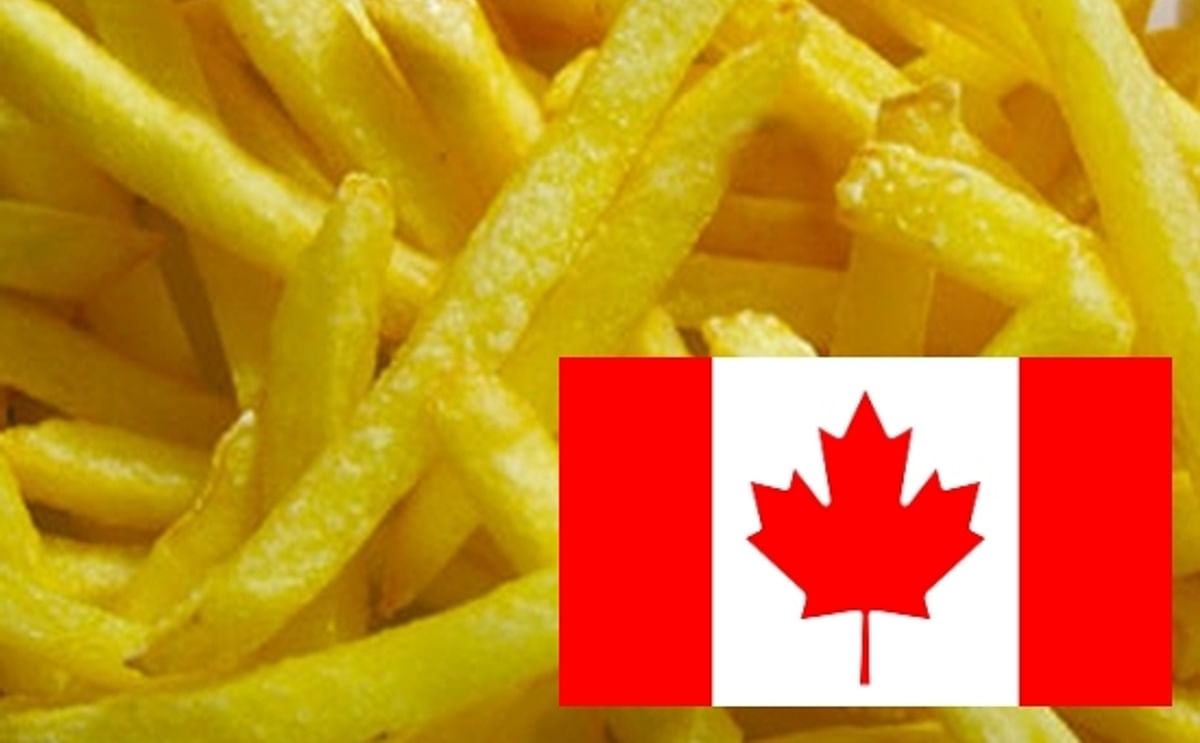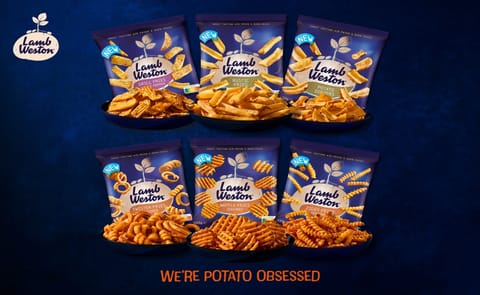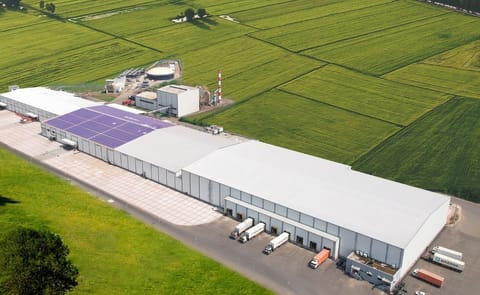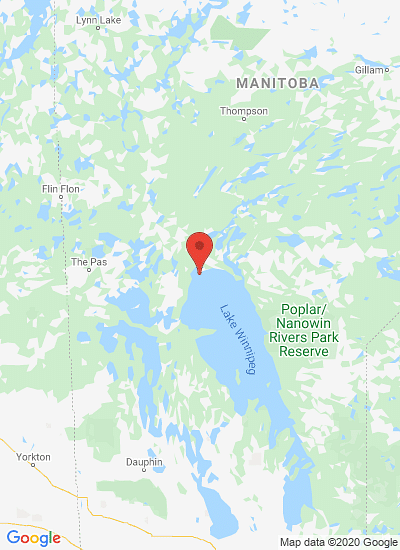French Fry Industry Canada
Signs of recovery in the Canadian french-fry business

While the rest of the agriculture sector in Canada nervously eyes the oil melt-down, the potato industry might actually be poised for a comeback.
As with most other Canadian agricultural commodities, a whole lot of potatoes need to leave country since we produce far more than we consume. A few pounds dribble out here and there as raw table potatoes or other specialty products like potato chips, but the 600-pound gorilla in the industry is the frozen french-fry market. Nearly 60 per cent of the potatoes produced in Canada are steam-peeled, blanched, par-fried, flash frozen and packaged before finding their way to retail freezers and fast-food joints, almost all of them outside the country, says Ken MacIsaac, United Potato Growers of Canada general manager.
“Canada is as reliant on exports today as ever, and mainly we export to the U.S., where we backfill that market as they move their own crop offshore,” he says.
The tale of how that market has first waxed, then waned, and now appears poised to grow again is an interesting microcosm of how two distinct but intertwined economies function.
Now oil prices have plummeted, dragging down the Canadian dollar. Will this mean new opportunities for the Canadian french fry industry?
“I would expect it would,” says Sawatzky, Keystone Potato Producers Association general manager. “It’s definitely going to be a bit of a fight for market share, and with the dollar at 85 cents, we’re more competitive.” While these macro trends are running in favour of the Canadian french-fry sector, there still remain other developments that justify keeping a close eye on. For one thing, U.S. processors have finally succeeded in sparking interest in fries in Asia — but now they’re running into trouble getting the product offshore in time to meet growing demand.

Dan Sawatzky, Keystone Potato Producers Association general manager
“There’s been a bit of an issue with backlogs at the ports in Washington, which is preventing the export of product out of the Columbia basin,” says MacIsaac of United Potato Growers.
That could see domestic U.S. production rerouted to their own markets, shutting Canadian fries out. There’s also a new transportation option emerging that could expedite this alternative, says Sawatzky. “There’s a new organization called Railex that has a running rights agreement that lets them send 53-car-unit trains of frozen and refrigerated product from Washington state to New York,” he says. “That will open up a transportation channel that wasn’t there before.”
Sawatzky says KPPA and growers have been lobbying local processors to see if they can leverage the Winnipeg CentrePort logistics hub themselves to produce a Manitoba competitive advantage.
Sawatzky says Manitoba growers will continue to find efficiency where they can, essentially aiming to keep themselves in the game longer. He noted the province has seen very strong growth in potato yields.
“We have been increasing yields at a faster rate than any other jurisdiction in North America,” he says. “We’ve been seeing increases of eight cwt an acre and the industry average has been somewhere between three and five cwt an acre.”
He mainly credits that growth to growers who are really beginning to finely hone their irrigation management to local growing conditions.
Another key area of work will be funding research in all areas of potato production in the province, with particular attention to identifying new varieties that may work better for the local climate than the industry standard Russet Burbank variety.
“It is the most widely grown variety in North America, but it might not be the best suited to our local growing conditions,” he says. “Anything that would identify and promote the acceptance of better-suited varieties would be an advantage.”









